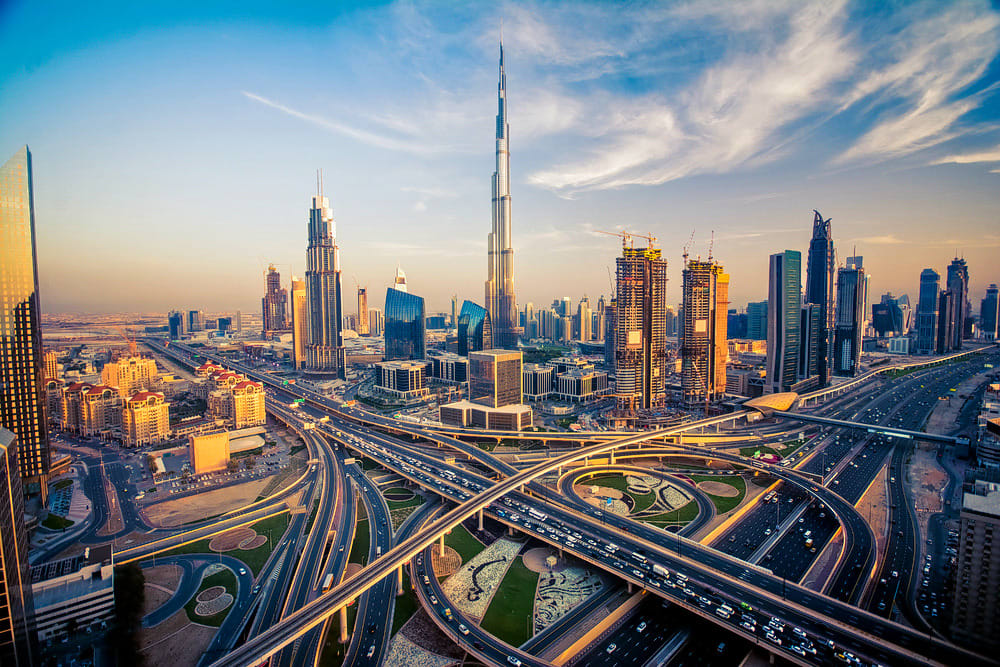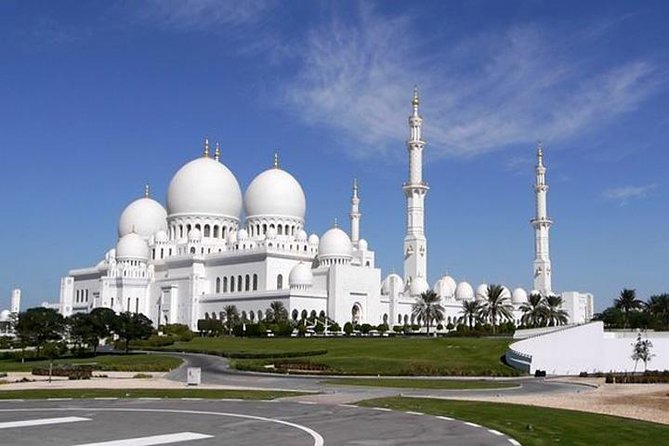
The 8 famous must-visit historical sites in Bangladesh
Bangladesh is a country rich in traditions and history, numerous must-see cultural attractions that provide insight into country’s interesting past. Sundarbans, world’s biggest ecosystem of mangroves and UNESCO World Heritage Site known for its unique biodiversity and as Bengal tiger’s home, are among these treasures. The historic city of Paharpur, which is the location of the striking Somapura Mahavihara, one of the biggest Buddhist monasteries in South Asia, is another well-known travel destination. In addition, the amazing Sixty Dome Mosque, which reflects the rich Islamic history of the area, is one of the architectural wonders of the ancient period on display in the old city of Bagerhat. These locations, among numerous others, serve as memories of Bangladesh’s rich history of culture, attracting visitors to look into and be in wonder of their importance and lasting beauty.
Obtaining a Bangladesh visa is an essential part of your trip planning if you plan to visit Bangladesh from the United Arab Emirates. The process of obtaining Bangladesh visa from UAE (United Arab Emirates) involves providing the necessary paperwork, including a passport, visa application form, and passport-sized photos, to the nearest mission or consulate of Bangladesh. Typically, applying for visa involves completing paperwork, paying required fees, and supplying supporting documentation, such as travel plans and verification of lodging. You will be able to enter Bangladesh for your chosen reason—tourism, business, or visiting family and friends—as soon as your visa application has been completed and accepted. To guarantee a simple and smooth travel experience, it is important to verify the particular visa requirements and processing periods for visas to Bangladesh from the United Arab Emirates.
Here are the 8 famous must-visit historical sites in Bangladesh:
1. Sundarbans Mangrove Forest:
At over 10,000 square kilometres, the Sundarbans, UNESCO World Heritage Site, is the world’s biggest mangrove forest. It is located in Ganges, Brahmaputra, and Meghna River delta. Many threatened creatures, such as Royal Bengal tiger, spotted deer, crocodiles, and various bird species, can be found in special ecosystem. Through boat trips, visitors may discover Sundarbans, taking in its rich ecosystem and understanding how important it is in protecting the coast.
2. Paharpur:
Paharpur, which lies in the Naogaon the region in northwest Bangladesh, is well-known for the historic Somapura Mahavihara ruins. This huge Buddhist monastery complex, which was constructed in eighth century by Pala dynasty, was once hub of study that attracted academics from all across Asia. With centre stupa surrounded by multitude of memorial stupas, monastic cells, and other structures, site provides insights into architecture and culture of ancient Buddhists.
3. Mahasthangarh:
One of Bangladesh’s oldest archaeological sites, Mahasthangarh is located close to Bogra and dates to the third century BCE. It is thought to have been the Pundra Kingdom’s former capital and has ruins of its old city walls, forts, temples, and residential sections. Website offers insightful details about area’s historical trade routes, urban development, and cross-cultural interactions.
4. Bagerhat:
Situated in the southwest of Bangladesh, Bagerhat is a mediaeval city that has been recognised as a UNESCO World Heritage Site. During the Middle Ages, Ulugh Khan Jahan, the Turkish general, established it in the fifteenth century, and it was a major hub of Islamic culture. Famous for its amazing mosques, Bagerhat is home to the Sixty Dome Mosque (Shat Gombuj Masjid), which is defined by its rare architectural features, which include sixty pillars supporting the prayer hall roof and clarify terracotta decorations with calligraphic inscriptions, geometric patterns, and floral designs.
5. Lalbagh Fort:
Lalbagh Fort, a famous Mughal-era fort complex from the 17th century, is located in the centre of Dhaka. Despite being abandoned by Prince Muhammad Azam, the son of Emperor Aurangzeb, the builder, The Lalbagh Mosque, the Diwan-i-Aam (Audience Hall), and the Tomb of Pari Bibi are just a few of the beautiful structures on display at the fort. Provides tourists with overview of Mughal architecture and historical importance in Bangladesh.
6. Sixty Dome Mosque (Shat Gombuj Masjid):
This ancient mosque, one of Bangladesh’s greatest architectural wonders, is situated in Bagerhat. It was constructed in the fifteenth century, during the Bengal Sultanate period, and is well-known for the sixty pillars that support the top of the prayer hall—thus the name. Complex designs and patterns seen in mosque’s terracotta decorations highlight artistic craftsmanship of period and offer important insights into area’s ancient Islamic architecture.
7. Sonargaon:
Sonargaon, which was an important administrative hub in the pre-Mughal and Mughal periods, is now a historic site close to Dhaka. It highlights beautifully maintained remains of Panam City, major colonial commerce centre. Region’s colonial-era structures, include homes, mosques, and temples, are open for exploration by tourists. These structures feature architectural designs influenced by Mughal, European, and native customs.
8. Mainamati:
Mainamati is an archaeological site in Comilla in southeast Bangladesh that is well-known for its extensive Buddhist history. Mainamati is home to a large number of Buddhist stupas, monasteries, and temples that date from the 7th to the 12th century, indicating the region’s importance as a hub for Buddhist study and pilgrimage. The location offers interesting details about traditional practices of religion, architectural designs, and cross-cultural interactions in the Bengal area.
Conclusion:
Historical landmarks of Bangladesh provide visitors with instructive trip through time by capturing nation’s rich cultural history and millennia-old weave. Every location, calm beauty of Sundarbans to beautiful architecture of Paharpur and Bagerhat, tells unique story of determination, imagination, and human effort. Locations, essential to nation’s identity, act as accelerators for appreciation and understanding in addition to acting as memories of past. Discovering these gems is not only trip through history; chance to get in touch with Bangladesh’s spirit, leaving lasting impression on any visitor lucky enough to witness their beauty. For more detailed information visit the best travel agency in Dubai.
Recent Posts
Conquering Jumeirah Sceirah: The Wild Wadi Thrill You Can’t Miss
Dubai City Tour Highlights with Burj Khalifa Access All Day
Family-Friendly Activities in Costa Rica
Tags

Dubai




